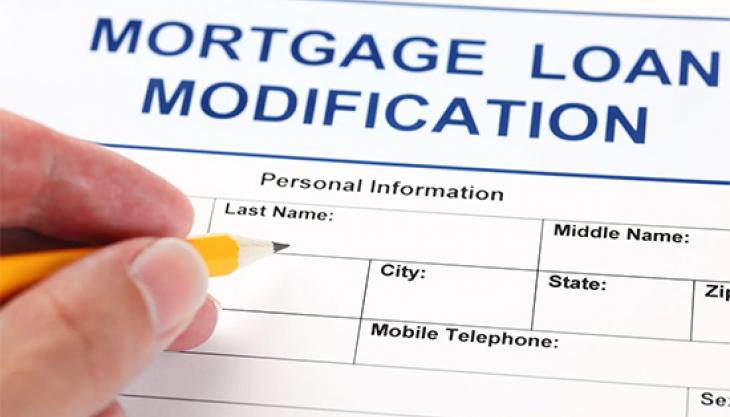What Is A Home Loan Modification?
Submitted by Shawn Orcutt on Fri, 10/16/2020 - 12:50pm

What is a home loan modification?
Foreclosure is a costly process for lenders, so many are willing to consider loan modification as a way to avoid doing so.
A loan modification is different from refinancing your mortgage. Refinancing calls for replacing the loan with a new mortgage, whereas a loan modification changes the terms of the existing loan.
A loan modification aims to help make a mortgage affordable while still collecting as much of the original balance as possible. Meeting these requirements means the lender must edit the terms of the deed of trust contract to lower the payment. Lenders may use one of three remedy methods:
- lowering the interest rate
- extending the loan term or
- deferring part of the principal balance owed.
Lowering the interest rate and extending the loan term are the more common of the solutions.
--Home loan modifications have been around since 2009
--Industry approval success rate is 74%.
--The change of the terms of the mortgage as a result of an approved LMM is permanent. The mortgage company files an updated deed of trust with register of deeds office in the relating county.
– 1st and 2nd mortgages can be modified.
– 1st and 2nd mortgages can be modified at the same time.
– There is no up front expense required of the client. All LMM costs are added to the Chapter 13 plan.
–Benefits of Loan Modification:
- - Remedies the mortgage arrearage
- - Reduced monthly mortgage payments
- - Lowered interest rates over the life of the mortgage.
- Clients with an ARM with an increasing interest rate and a balloon payment at the end, may be able to change it to a Fixed-Rate mortgage
- - Lowered Chapter 13 plan payment
- - Clients may qualify for sooner Chapter 13 discharge or may qualify to convert to
Ch. 7.
- BOTTOM LINE...If approved, the client may not only save their home, but may also save money!
Debts Hurt! Got debt? Need help? Get started below!
Serving All of North Carolina
- Bankruptcy Attorneys Raleigh NC (North)
- Bankruptcy Attorney Fayetteville NC
- Bankruptcy Attorney Durham NC
- Bankruptcy Attorneys Wilson NC
- Bankruptcy Attorneys Greensboro NC
- Bankruptcy Attorneys Southport NC
- Bankruptcy Attorneys Wilmington NC
Bankruptcy Attorneys Raleigh NC (North)
6616 Six Forks Rd #203 Raleigh, NC 27615 North Carolina
Tel: (919) 847-9750

Bankruptcy Attorney Fayetteville NC
2711 Breezewood Ave Fayetteville, NC 28303 North Carolina
Tel: (910) 323-2972

Bankruptcy Attorney Durham NC
1738 Hillandale Rd Suite D Durham, NC 27705 North Carolina
Tel: (919) 286-1695


Bankruptcy Attorneys Greensboro NC
2100 W Cornwallis Dr. STE O Greensboro, NC 27408 North Carolina
Tel: (336) 542-5993

Bankruptcy Attorneys Southport NC
116 N Howe St. Suite A Southport, NC 28461 North Carolina
Tel: (910) 218-8682

Bankruptcy Attorneys Wilmington NC
116 N. Howe Street, Suite A Southport, NC 28461 North Carolina
Tel: (910) 447-2987
